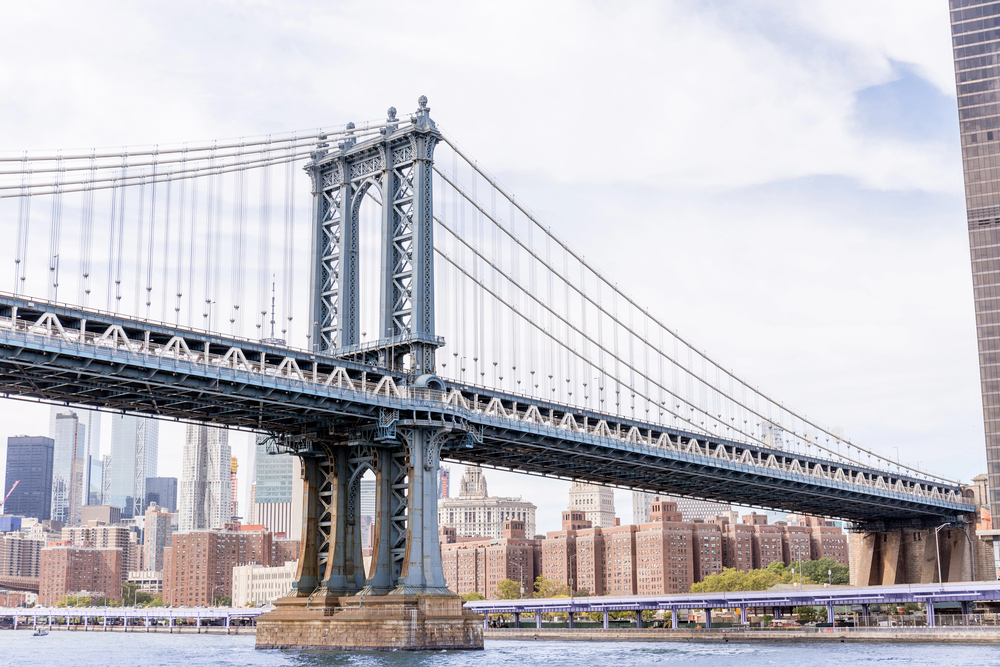
It’s one that reverberates long after the sirens fade: What does it really take to feel safe again when brutality breaks out so close to home or the workplace? Monday’s theatre at 345 Park Avenue a shooting in front of a giant office building, police officer and bystander wounded, shooter at large and gunning himself down on the 33rd floor shook Midtown Manhattan and raised questions. For office workers, residents, and commuters, the day fell like a ruinous reminder of how quickly normalcy is shattered and how neighborhoods can come together to restore peace and resilience.

1. The Timeline: Chaos, Response, and Reconciliation
Following the shooting outside the 345 Park Avenue building that houses Blackstone and NFL headquarters, Midtown was in chaos. The police authorities assured that the suspect, having shot a police officer and a civilian, entered the building and shot himself dead on the 33rd floor. The entire complex was cordoned off, and NYPD units conducted floor-by-floor sweeps at a fast and deliberate pace. Cell phone video documented the scene: “approx. 20 police officers entering the skyscraper.walk rapidly through a plaza and into the building,” an eyewitness recounted. Mayor Eric Adams subsequently addressed the city, stating, “Sadly, we had a shooting here with a number of injuries. The shooter, the lone shooter, is neutralized at this time.” The rapid, coordinated response saved further injuries and neutralized the direct threat.

2. Lockdown Precautions and Security Procedures
Lockdown at 345 Park Avenue was swift and comprehensive. The employees were instructed in simple terms: “Stay inside, shelter in place, avoid the windows until further NYPD notice,” over the building PA system. In nearby offices, the same instructions originated from safety directors, all to stay indoors and not to panic. Police cordoned the area, searching vehicles and keeping spectators back. These procedures, though awkward, are intended to protect as many people as possible when there is an active threat situation.
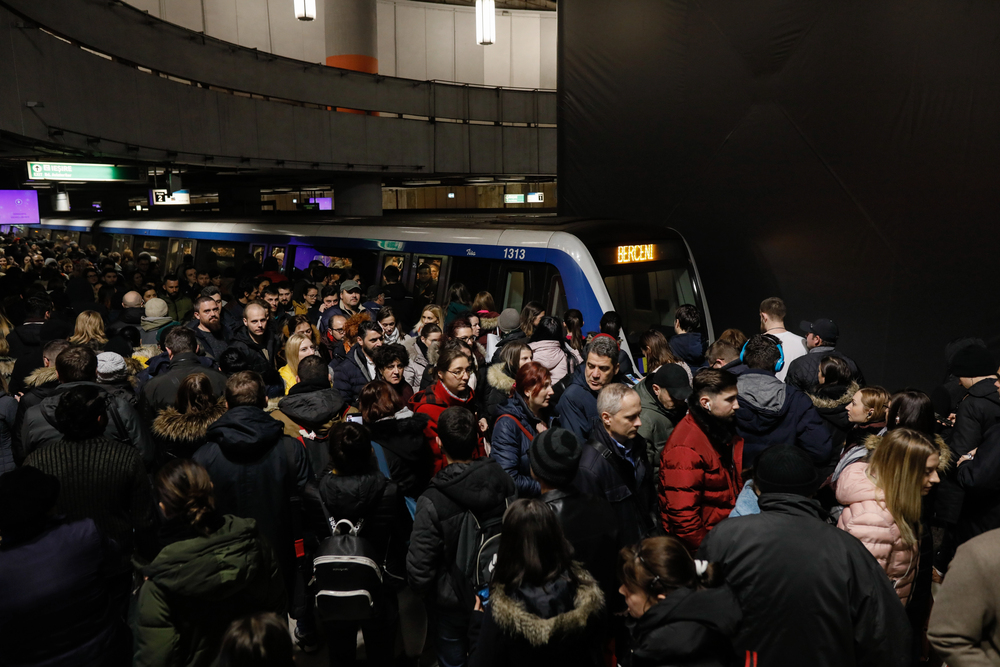
As a safety expert once said, “hiding and staying put could be the solution in an active shooter situation, especially if the active shooter is off the premises but nearby the business” when something happens outside your workplace.
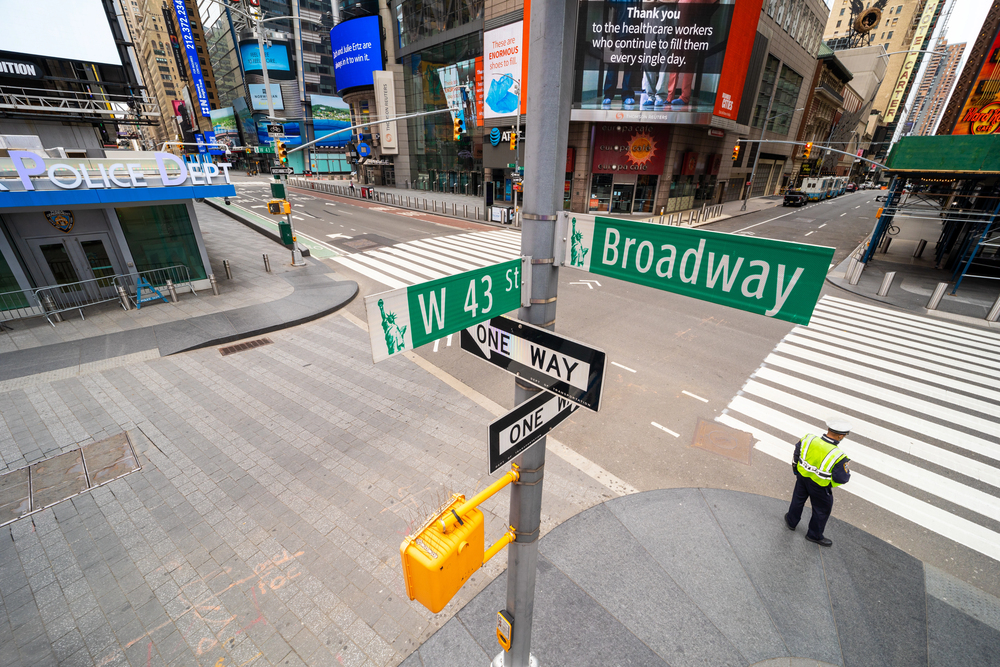
3. Traffic, Safety, and Community Advisories
The NYPD and city officials immediately went to social media, warning citizens and commuters to avoid East 52nd Street between Park and Lexington. Streets were filled with emergency vehicles, and traffic halted. Mayor Adams cautioned, “Please take appropriate safety precautions if you are in the vicinity and do not go outside if you are near Park Avenue and East 51st Street.” The interruption was more than convenient to the vast majority it was emotional. “I did have a small ptsd response that suddenly appeared,” noted one resident who survived 9/11, discussing the way the sounds and pictures brought up memories.
These alerts, as intrusive as they may be, are a necessity to public safety and allow first responders to function optimally in their capacity.
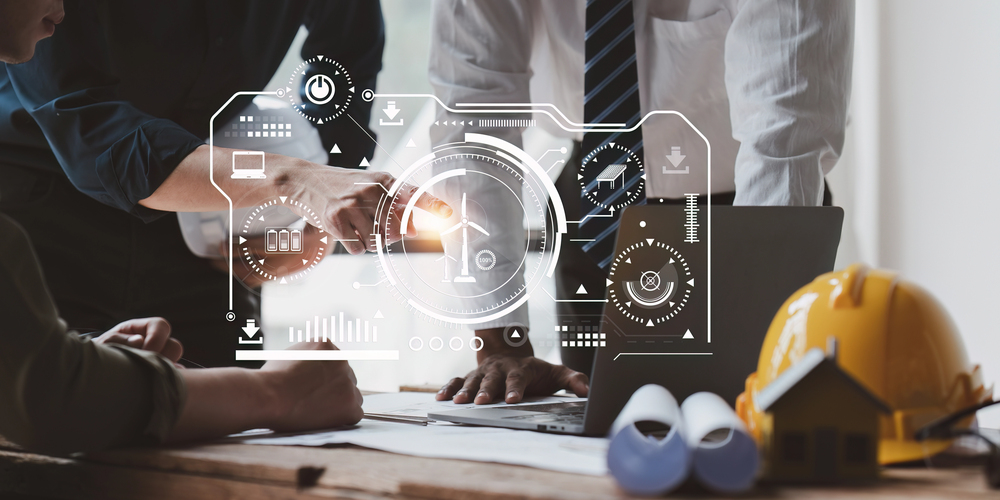
4. Active Shooter Training and Workplace Safety Training
This experience does also reinforce the importance of being ready. No one wishes to have to factor in violence in the workplace, but readiness can prove to be a game-changer. Experts say that firms should “design a rigorous active shooter response plan,” including physical security surveys, designated evacuation routes and regular drills so workers know what they should do. The “run, hide, fight” drill is universally taught: evacuate if possible, hide if it is not an option to leave, and only as a last resort, fight to incapacitate the attacker. Following any practice or actual occurrence, debriefing must be done not just to enhance plans, but to maintain employees’ mental stability in place.
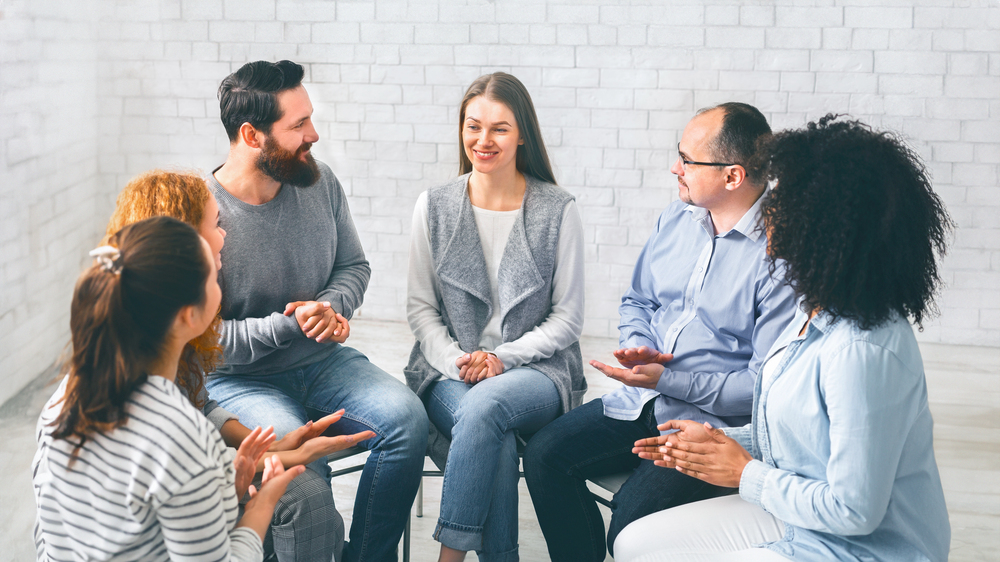
5. Witness and Community Mental Health Support
Psychological trauma resulting from violence may persist long after the environment has been stabilized. There are programs in place for the needy: the Red Cross provides “Taking Care of Your Emotional Health After a Disaster” booklets, and the National Mass Violence Victimization Resource Center provides the Transcend Mobile App for coping strategies, crisis hotline phone numbers, and recovery information. Experts note that “normal reactions to a disaster” may include anxiety, grief, and outrage and that seeking help is a sign of strength, not weakness. For survivors of trauma or retraumatization, speaking with a mental health professional or support group may be the lifeline after an incident of community violence.
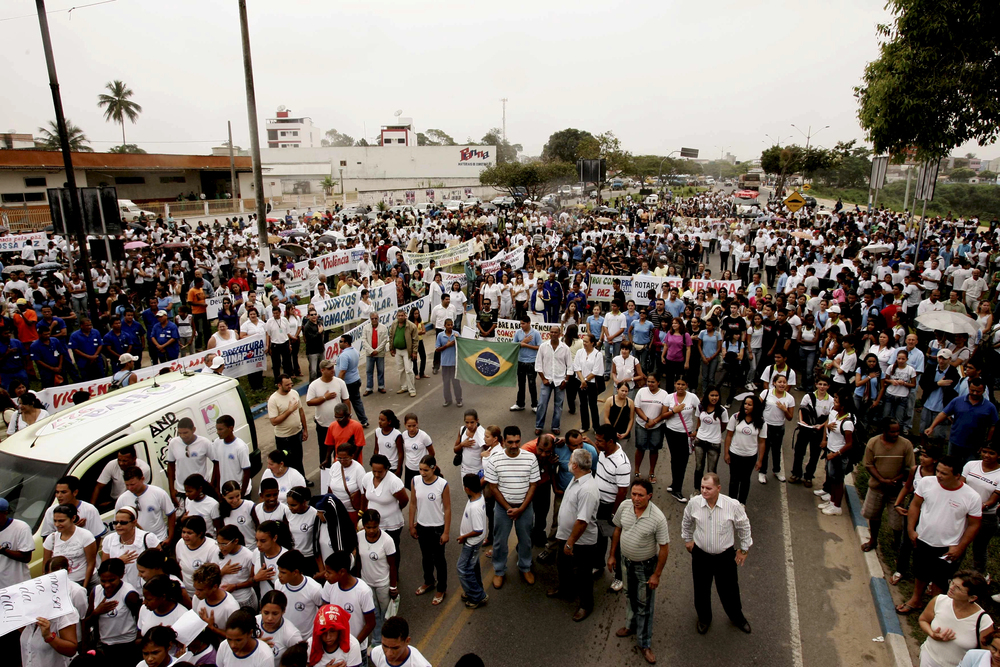
6. Enhancing Resilience in Communities After Urban Violence
Midtown is merely one aspect of a larger movement throughout New York City to create muscle against violence. Community-based initiatives like the CMS employs “violence interrupters” who are locals that have been trusted and trained to step into violent altercations in order to stop retaliations. These initiatives have lowered shootings by 21 percent in precincts that have improved performance, and enable neighborhoods to heal. Having frequent coordination, data exchange, and regular training is necessary in making these efforts worthwhile. As one report states, “comprehensive, ongoing training for violence interrupters greatly improves violence reduction activities.”

7. Day-to-Day Measures for Safety and Peace of Mind
For working professionals and residents alike, small steps can restore a feeling of mastery. Familiarize yourself with your building’s emergency procedures. Be alerted by official means in times of crisis. Talk to neighbors and co-workers sometimes, a plain old “Are you okay?” is good enough. And if things throughout the day are getting too much, remember it is alright to take a pause and get assistance to catch up.
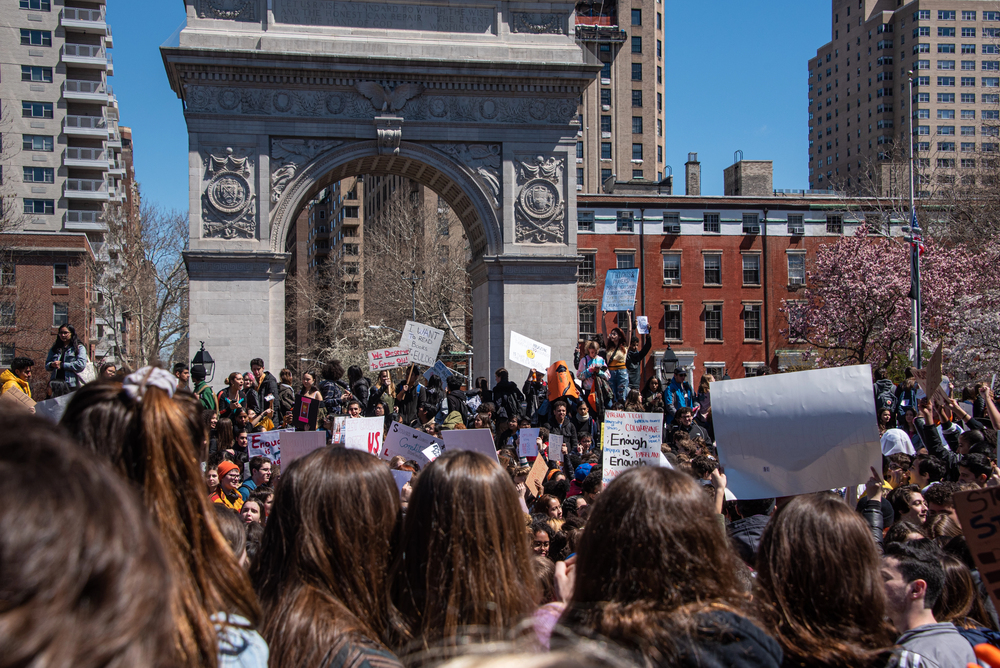
As our activists and city leaders will share with you, “We must do more to end gun violence in America,” but we can do more to care for one another in its aftermath. Amidst Manhattan, resilience isn’t a catchphrase it’s a lifestyle. When violence does strike, the city responds aggressively, but so does the healing. By hugging each other, hanging on for dear life, and being prepared, New Yorkers continue to show that despite terror, hope and unity conquer.


